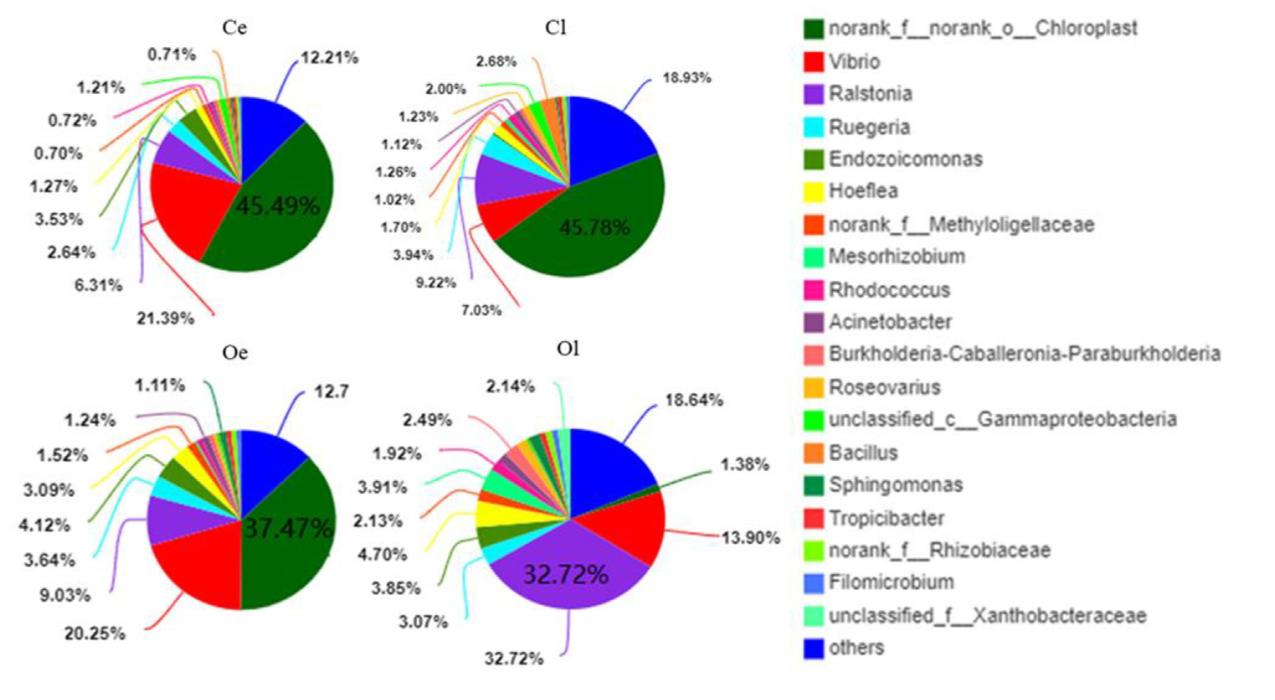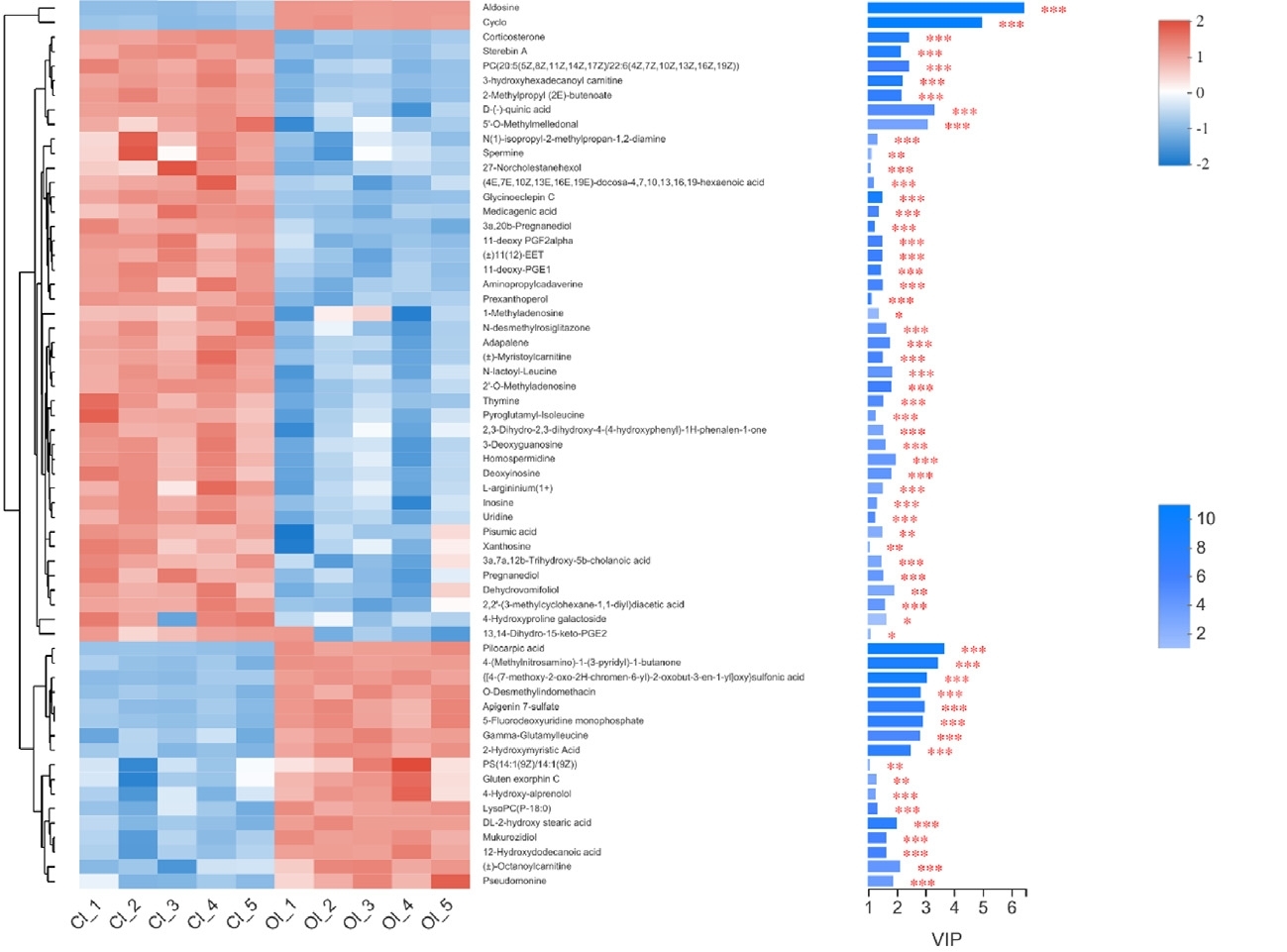Metamorphosis is required for most marine invertebrates to complete their biphasic life cycle, which is crucial in their development.
The veined rapa whelk (Rapana venosa), a typical carnivorous gastropod, is an economically important gastropod in China because of its high economic and medicinal value. Although artificial aquaculture started early in the 1990s, the large-scale culture of this species is seriously limited by its high mortality during metamorphosis. When developing to a certain stage (competent larvae), having an appropriate inducer is necessary.
Previous study found that juvenile oysters can significantly improve the metamorphosis rate of larvae. However, the specific effect of juvenile oysters on the competent larvae of R. venosa was unknown.
Recently, the research team led by Prof. ZHANG Tao of Institute of Oceanology, Chinese Academy of Sciences (IOCAS), has evaluated the response of critical genes, symbiotic microbiome and metabolism profiles in competent larvae of R. venosa to the induction by juvenile oysters.
The study was published in Computational and Structural Biotechnology Journal.
Under the induction of juvenile oyster, critical genes in the digestive system and neuroendocrine system were significantly altered in R. venosa competent larvae. The expression of the 5-hydroxytryptamine (5-HT) receptor was significantly increased, while the expression of the nitric oxide synthetase (NOS) and cholecystokinin (CCK) receptor was significantly decreased in juvenile oysters (P < 0.05), which may mean that induction by juvenile oysters can significantly affect competent larvae of R. venosa.
As a result of the induction and development of juvenile oysters, the symbiotic microbiota and host metabolic profiles had marked changes, and the differential microorganisms and metabolites were mainly enriched in the pathway of "arginine and proline metabolism", which is related to the biosynthesis of nitric oxide (NO).
A hypothetical model of juvenile oyster-induced metamorphosis in R. venosa was proposed. The compounds released by juvenile oysters likely interact with the larvae via taste or olfactory receptors, which triggers neuroendocrine system changes, including CCK and CCK receptor, 5-HT and 5-HT receptor, NO and NOS.
Then, CCK may regulate the secretion of digestive enzymes and the development of the digestive system, thus initiating the food habit transition from herbivorous to carnivorous.
On the other hand, 5-HT and NOS further regulate the metamorphosis of R. venosa, and symbiotic microbiota may also play an important role in affecting the food habit transition and metamorphosis.
This work was supported by the National Natural Science Foundation of China, the China Postdoctoral Science Foundation, the National Key R&D Program of China and the Earmarked Fund for Modern Agro-industry Technology Research System.

Fig. 1 Relative expression of critical genes in the digestive system and neuroendocrine system in R. venosa induced by juvenile oyster

Fig. 2 The fluctuation of symbiotic microbiota in R. venosa induced by juvenile oyster

Fig. 3 The heatmap of differential metabolites of R. venosa induced by juvenile oyster
Yang, M. J., Song, H., et al. (2022). Symbiotic microbiome and metabolism profiles reveal the effects of induction by oysters on the metamorphosis of the carnivorous gastropod Rapana venosa. Computational and structural biotechnology journal, 20, 1-14.
YANG Meijie
Institute of Oceanology
E-mail: yangmeijie@qdio.ac.cn
(Editor: ZHANG Yiyi)
|
|

Address: 7 Nanhai Road, Qingdao, Shandong 266071, China
Tel: 86-532-82898902 Fax: 86-532-82898612 E-mail: iocas@qdio.ac.cn


